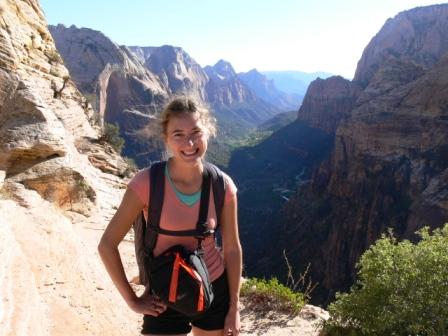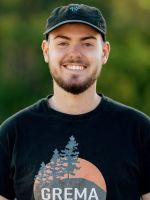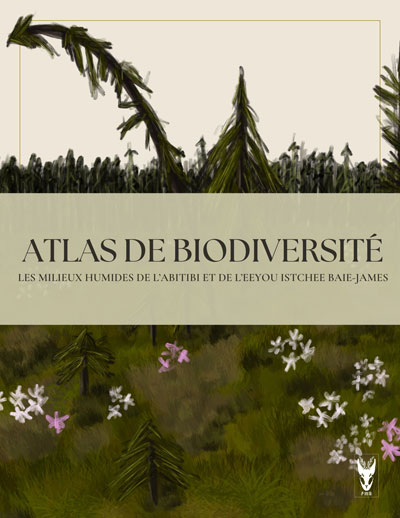Alix Rive

Maîtrise
Enhancing natural regeneration of white spruce (Picea glauca) via synchronization of a mast year with site manipulations in Abitibi, Québec.
Concordia University
Directeur: David F. Greene
Codirecteur: Brian Harvey
EDUCATION
MSc. Biol., 2010
Concordia University
BSc. Biol.,2006
Concordia University
Projet de Maîtrise: aperçu d'un des deux projets expérimentales
The commercially valuable tree, white spruce (Picea glauca (Moench) Voss) has proven difficult to regenerate either naturally or artificially following harvesting. A strongly masting species, its small seeds require mineral soil or thin duff for germination. This study explored the possibility of increasing natural recruitment of white spruce and balsam fir (Abies balsamea (L.) Mill) following harvesting by coupling site preparation treatments with a masting episode in the boreal forest of northwest Quebec. Four treatments (on average 4604 m2) were applied to a seed tree retention cut, replicated in three blocks: 1) understory shrub and slash chipping, 2) ground scarification, 3) combination of chipping followed by scarification, and 4) cut with no prescribed site preparation (control). Cumulative seed density in seed traps (area: 1/2 m2, made out of wood and mesh; 0.75 m high) located in the treatments was approximately 1000 seeds/m2 for spruce and 50 seeds/m2 for fir. Quantities of exposed mineral soil differed significantly between treatments, with 25% in the chipped & scarified treatment; however, this was not significantly greater than in the scarified only treatment (12%). There were no significant differences in adjusted germinant densities between mineral soil and decomposed wood in both the scarified and chipped & scarified treatments. The chipped & scarified treatment had the greatest mean recruitment densities for spruce (5.2/m2), followed by the scarified treatment (3.10/m2). In 2007, both species (lumped) attained full stocking (>60%) in all treatments,including the control. In 2008, full stocking of spruce was maintained in all treatments except the control. Meanwhile, no treatment attained full stocking of fir. Applying these results within an ecosystem-based and mixedwood management framework would require some degree of flexibility (and operational agility) in forest management planning that would allow adapting appropriate harvesting and site preparation treatments when a mast year occurs.
PUBLICATIONS
Ferrari, Maud C.O., Rive, Alix C., MacNaughton, Camille J., Brown, Grant E., and Chivers, Douglas P. 2008. Fixed vs. random temporal predictability of predation risk: an extension of the risk allocation hypothesis. Ethology 114 (3): 238-244.
Brown, Grant E., Rive, Alix C., Ferrari, Maud C.O., and Chivers, Douglas P. 2006. The dynamic nature of antipredator behaviour: prey fish integrate threat sensitive antipredator responses within background levels of predation risk. Behav Ecol Sociobiol 61: 9-16.
VULGARISATIONS
Colloque de la Chaire AFD, Rouyn-Noranda, Qc. Le 4 décembre, 2008. Présentation orale et affiche: Partial cuts coupled with scarification to improve natural regeneration of white spruce during a mast year.
ECANUSA Conference, Orono, Maine. Du 16-18 octobre 2008. Présentation orale: Improving natural regeneration of white spruce by coupling silvicultural techniques with a masting episode.
Conférence Industrielle à la FERLD, Abitibi, Qc. Le 9 mai, 2008. Présentation orale: Année semencière + scarifiage = meilleur taux de recrutement de semis d’épinette blanche
The 88' Fires: Yellowstone and Beyond, Jackson Hole, Wyoming. Du 21-27 Septembre, 2008. Affiche: Improving natural regeneration of white spruce by coupling silvicultural techniques with a masting episode.
FORMATIONS REÇUES
Introduction Intensif à ArcGIS, offerte par le CEF (Pierre Racine), Novembre 2010










